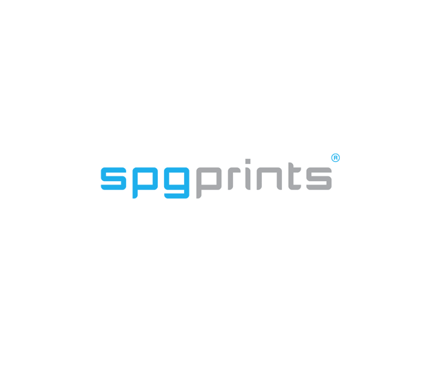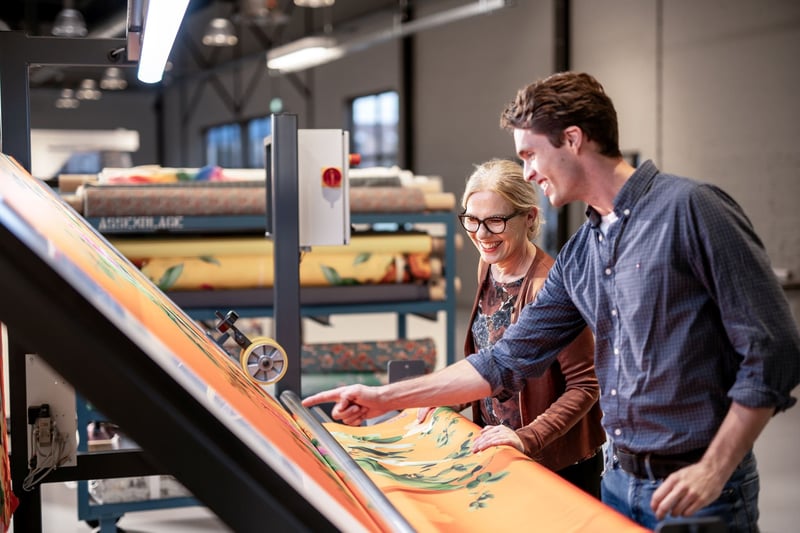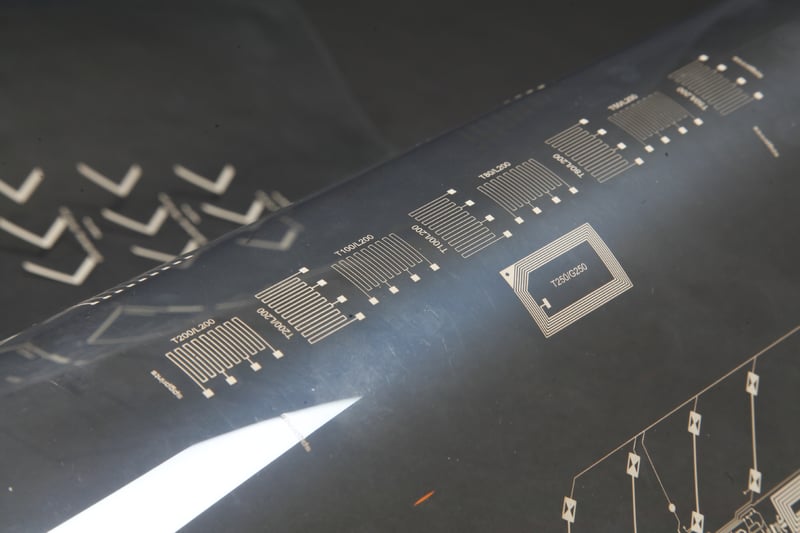Identifying Your Business and Customer Needs
Modern digital printers employ various technologies, such as sublimation, pigment, reactive, and acid printing, each suited to different types of fabric and design requirements. Understanding these technologies and how they fit into your business model is the first step toward making an informed investment.
Before diving into digital fabric printing, it’s crucial to assess your current business landscape and customer demands. Are your customers asking for more intricate designs or faster production times? Are they increasingly concerned about sustainability? Understanding these needs will guide your decision-making process and ensure that your investment aligns with market demands.
For businesses taking their first steps into digital printing, it’s often about finding a balance between cost and capability. An entry-level digital printer should meet your production needs without overwhelming your budget. Typically, you’ll want a machine that can handle printing up to 1,000-2,000 meters of fabric per day. This ensures you can test the waters of digital printing without committing to an overly sophisticated or expensive machine.
Key Features to Look for in an Entry-Level Digital Fabric Printer
When searching for an entry-level digital fabric printer, certain features are non-negotiable. First and foremost, quality is paramount. The printer should deliver clear, vibrant, and colorfast prints that meet your customers’ expectations. It should also be compatible with the types of fabric you use most frequently, whether natural, synthetic, or a blend of both.
Speed is another critical factor. While you might not need the fastest machine on the market, your printer should be efficient enough to meet your production goals. Additionally, ease of use is vital, especially if your team is new to digital printing. Look for a machine with an intuitive interface and minimal maintenance requirements to ensure a smooth transition.
Sustainability is becoming increasingly important in the textile industry. Opt for a printer that minimizes water and energy consumption, reducing your environmental footprint and operational costs in the long run.
Balancing Cost, Quality, and Sustainability
Investing in digital fabric printing requires a strategic approach to balancing cost, quality, and sustainability. While it might be tempting to go for the cheapest option, it’s essential to consider the long-term value. A slightly higher upfront investment in a quality machine can lead to significant savings over time through reduced waste, lower maintenance costs, and increased production efficiency.
Quality shouldn't be compromised. The ability to produce high-quality prints can set your business apart from competitors and attract more discerning customers. However, the most sophisticated machine isn’t always necessary for beginners. Start with a versatile, reliable printer that meets your initial needs, and scale up as your business grows.
Sustainability is not just a buzzword; it’s a critical consideration that can influence customer loyalty and regulatory compliance. By choosing a printer that uses less water and energy, you’re not only contributing to environmental conservation but also reducing operational costs.
Integrating Digital Printing into Your Existing Workflow
Integrating a digital fabric printer into your existing workflow can be seamless with the right planning. Consider the space and infrastructure you have available. If you already have facilities for steaming and washing, you might opt for a reactive printer. Alternatively, if you prefer a simpler setup, a pigment printer that requires curing might be more suitable.
Training your team is another crucial aspect. Although modern digital printers are designed to be user-friendly, providing adequate training ensures that your staff can operate the equipment efficiently and troubleshoot minor issues independently. This minimizes downtime and maximizes productivity.
Additionally, evaluate your current production processes and identify areas where digital printing can enhance efficiency. For example, digital printing can reduce setup times and allow for more flexible production schedules, enabling you to respond swiftly to market demands.
Leveraging Expert Support and Resources
Embarking on your digital fabric printing journey is more manageable with expert support and resources at your disposal. Partnering with a reputable supplier who offers comprehensive training and technical support can make a significant difference. They can provide insights into the best practices for using your new printer, help troubleshoot any issues, and offer guidance on optimizing your production processes.
Furthermore, access to a network of industry professionals can provide valuable knowledge and support. Joining industry forums, attending trade shows, and participating in webinars can keep you updated on the latest trends and technologies in digital fabric printing.
At SPGPrints, we’re committed to helping businesses transition smoothly into digital fabric printing. Our specialists are ready to answer all your questions and provide tailored advice to ensure you choose the right entry-level printer for your needs. Whether you’re looking for an affordable solution like the Violet printer or exploring other options, we’re here to support your journey every step of the way.
Conclusion
Starting your digital fabric printing journey is an exciting step toward modernizing your business and meeting evolving customer demands. By understanding the basics, identifying your needs, and carefully selecting an entry-level printer, you can embark on this path with confidence. Balance cost, quality, and sustainability to maximize your investment and seamlessly integrate digital printing into your workflow. Leverage expert support and resources to navigate this transition successfully. With the right approach, digital fabric printing can unlock new opportunities and propel your business into a prosperous future.




